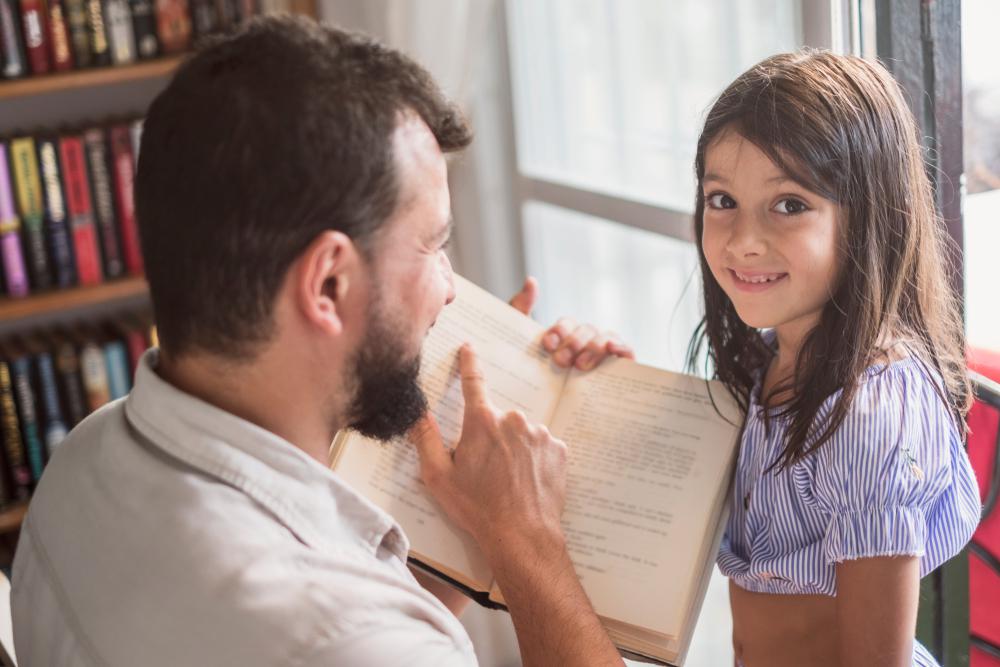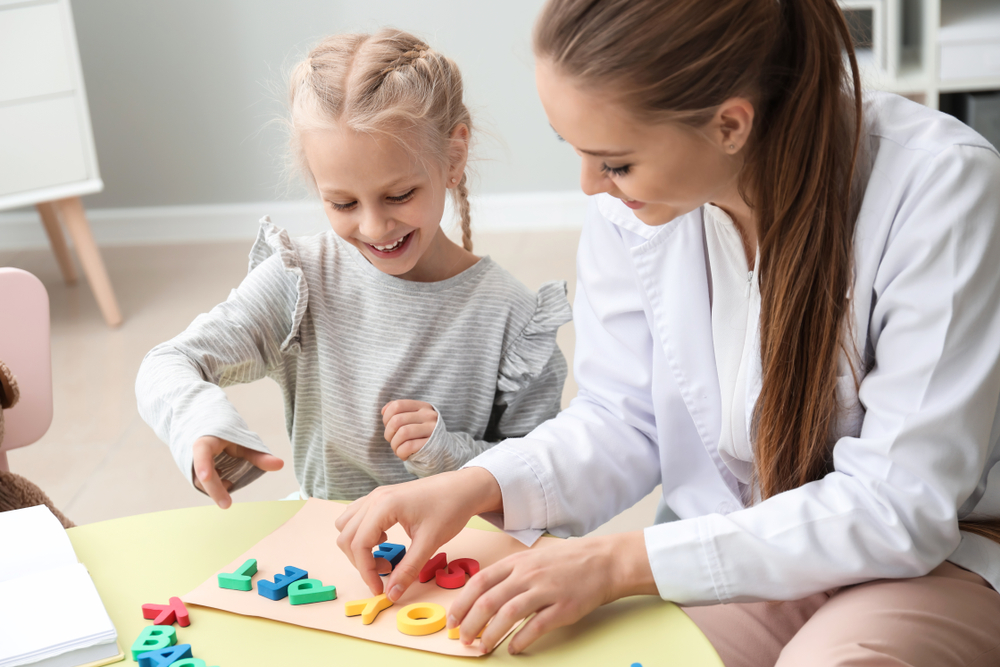Normal Reading worksheets activities for Ages 3-8
14 filtered results
-
From - To
Welcome to our engaging Normal Reading Worksheets and Activities for kids aged 3-8! Designed to foster a love for reading, our resources offer a variety of fun exercises that enhance literacy skills, including phonics, vocabulary, and comprehension. Perfect for home or classroom use, these worksheets cater to early learners through colorful illustrations and age-appropriate content. Each activity is crafted to ensure children develop essential reading abilities while enjoying the process. Explore our selection and watch your little ones flourish in their reading journey! Dive into the world of words with our accessible, interactive materials designed especially for young readers.
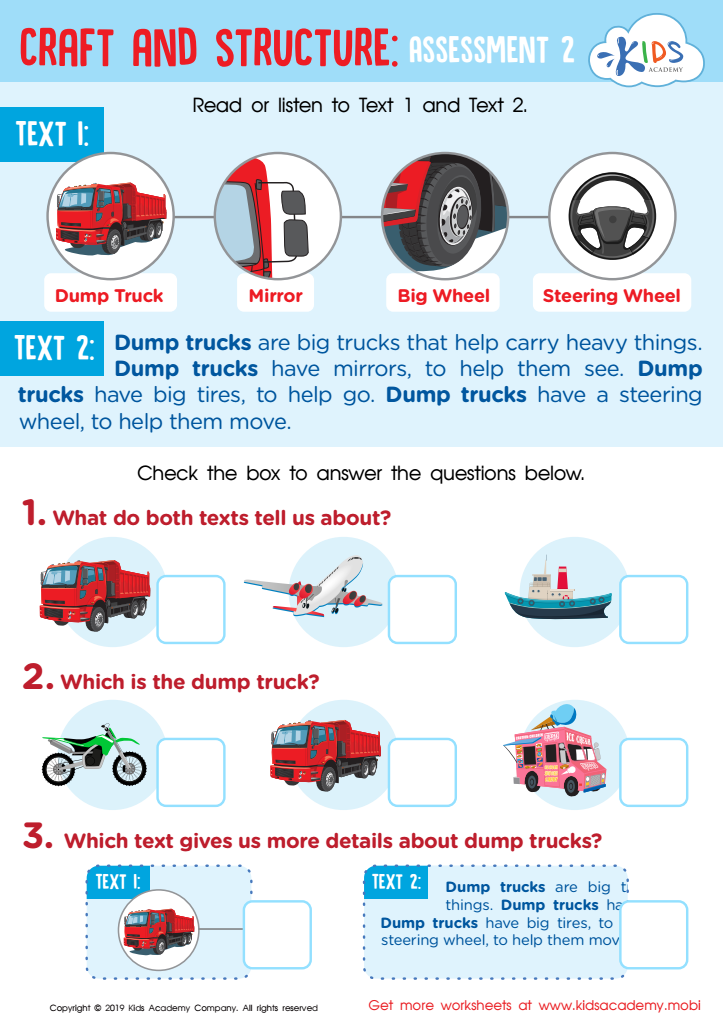

Craft and Structure: Assessment 2 Worksheet
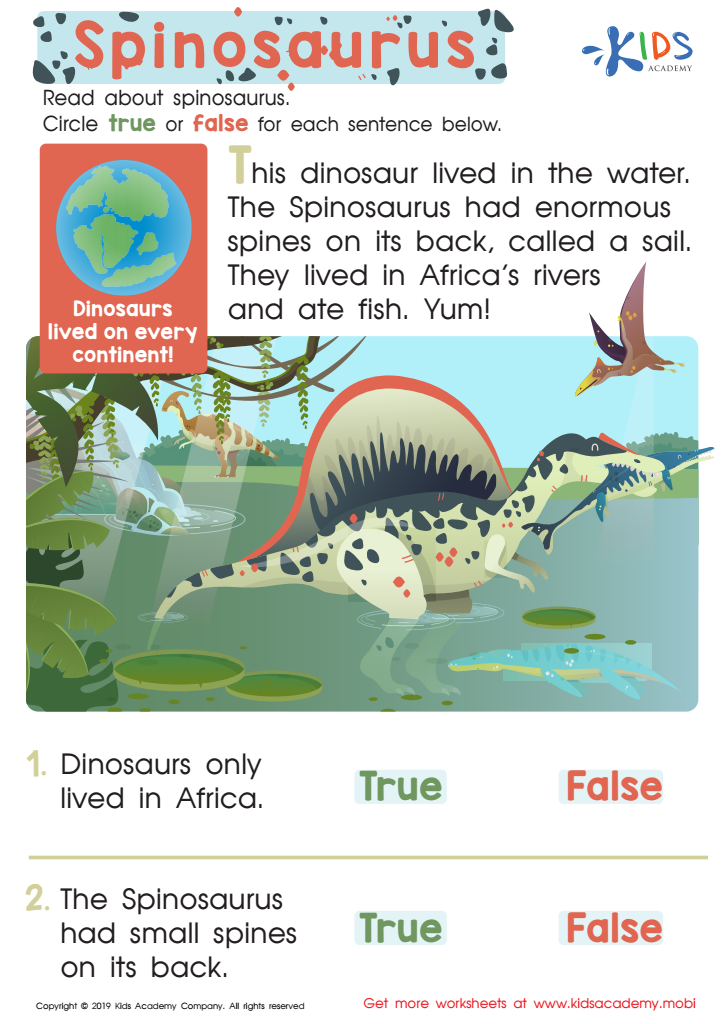

Spinosaurus Assessment Worksheet
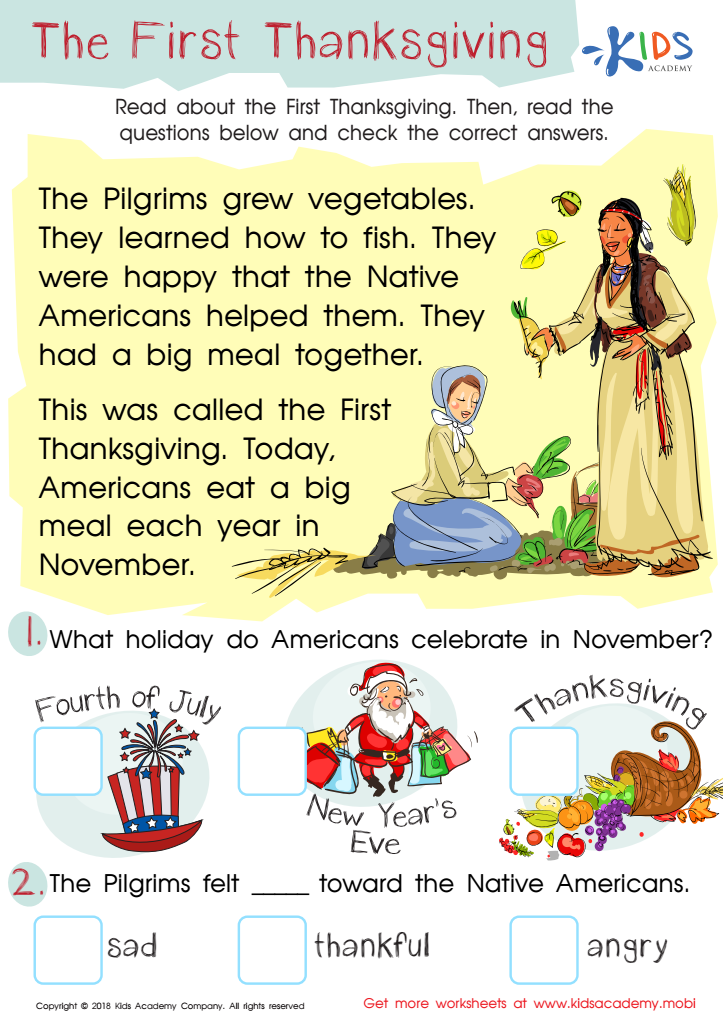

Assessment: First Thanksgiving Worksheet
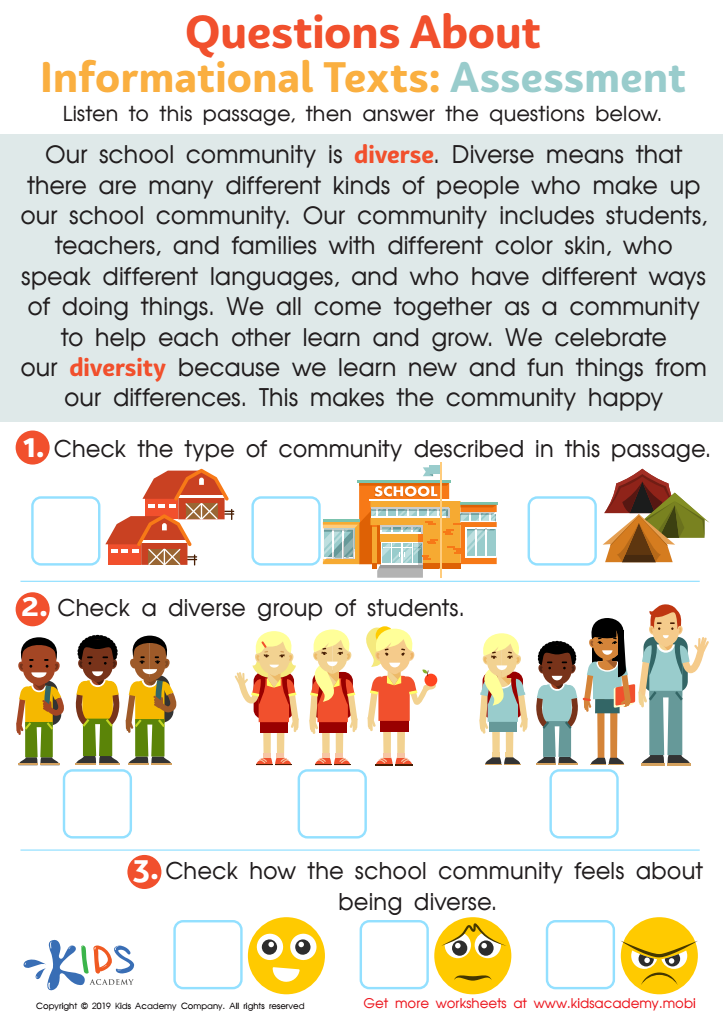

Questions About Informational Texts: Assessment 1 Worksheet
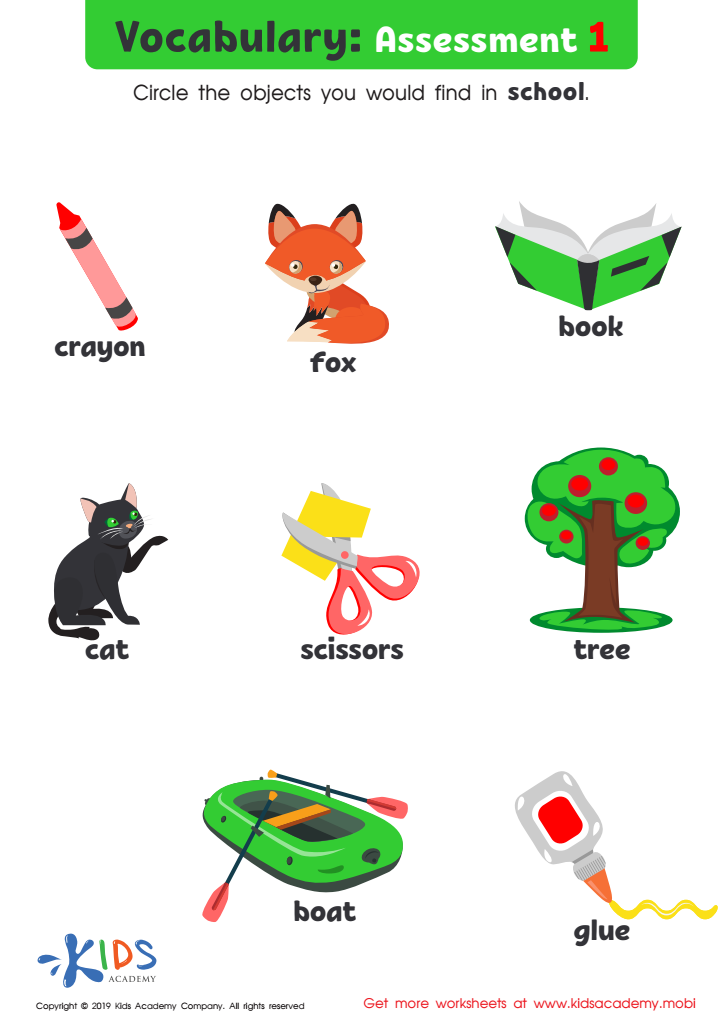

Vocabulary: Assessment 1 Worksheet
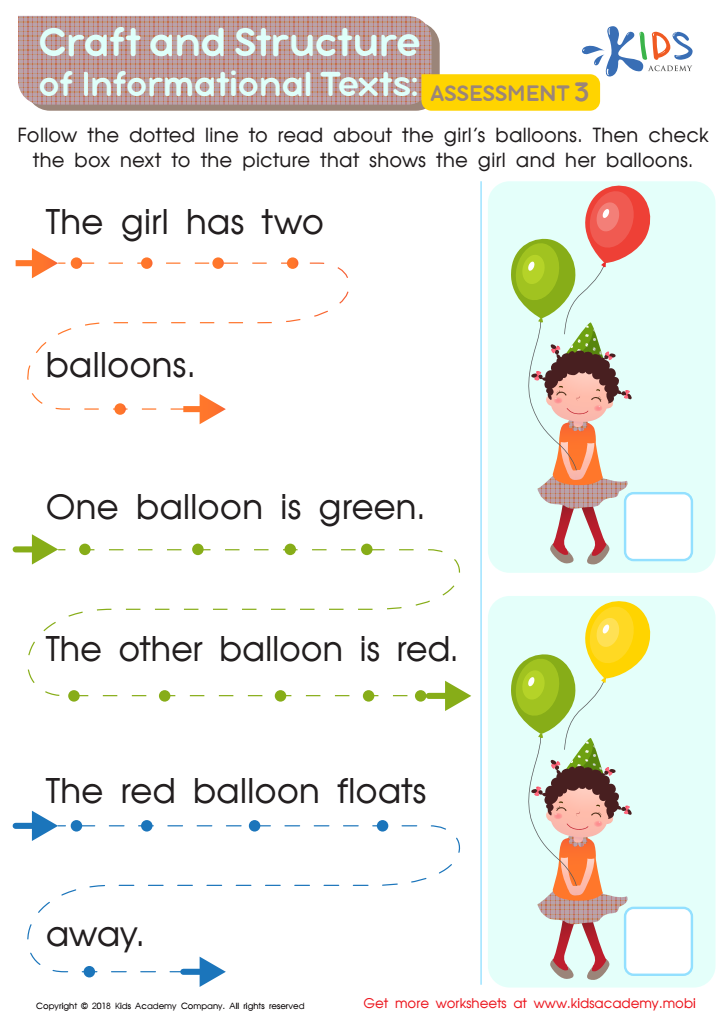

Craft and Structure of Informational Texts: Assessment 3 Worksheet
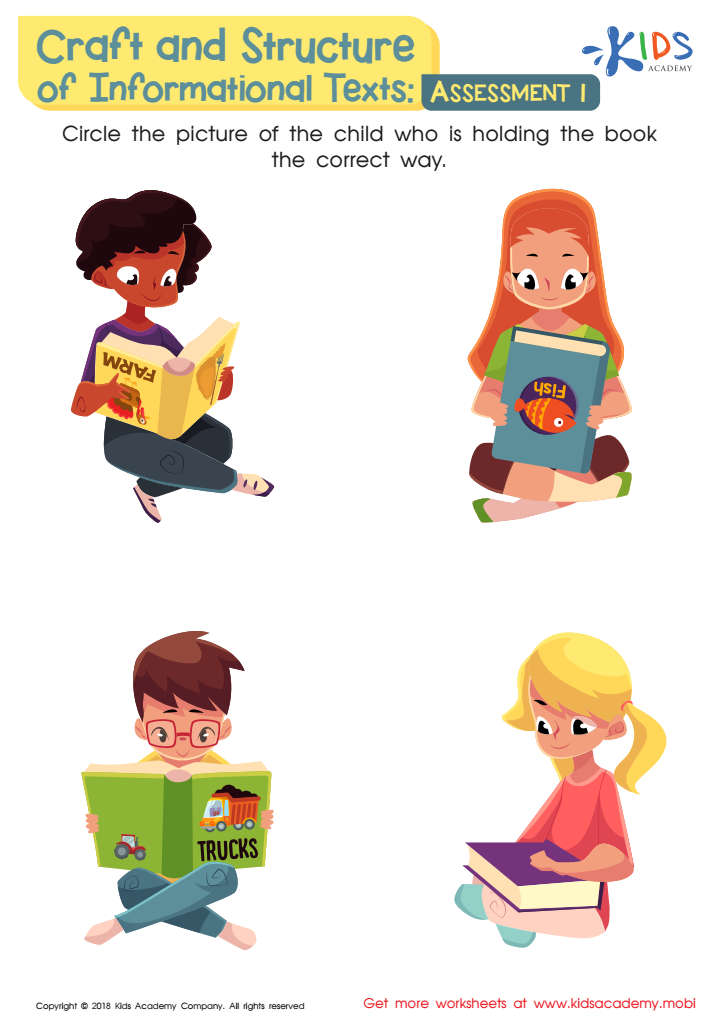

Craft and Structure of Informational Texts: Assessment 1 Worksheet
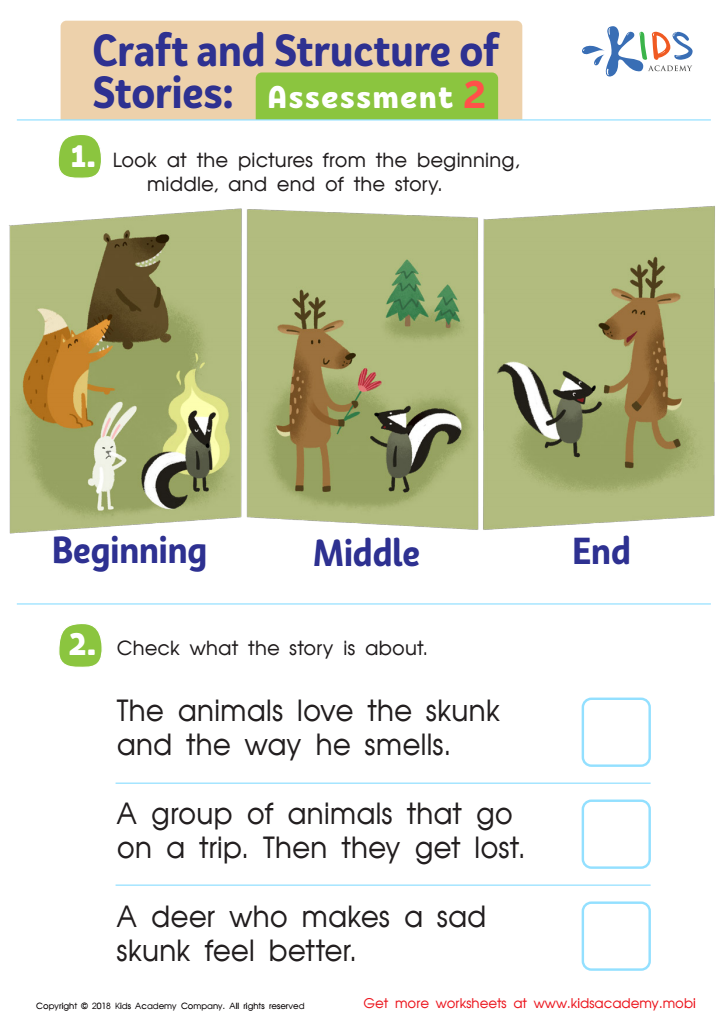

Craft and Structure of Stories: Assessment 2 Worksheet
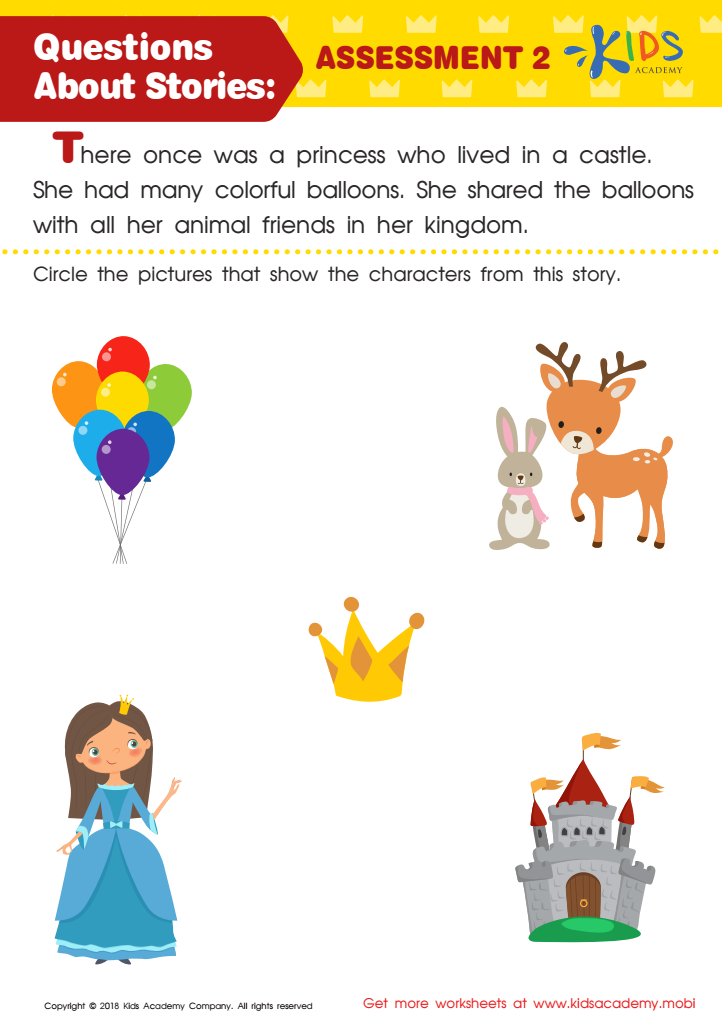

Questions About Stories: Assessment 2 Worksheet
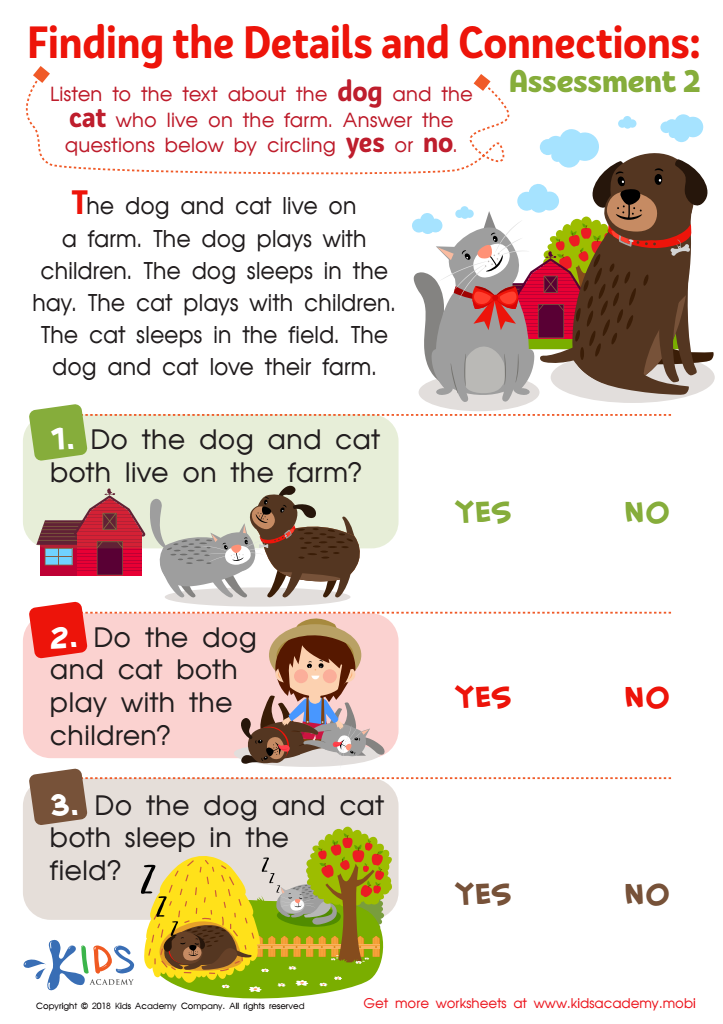

Finding the Details and Connections: Assessment 2 Worksheet
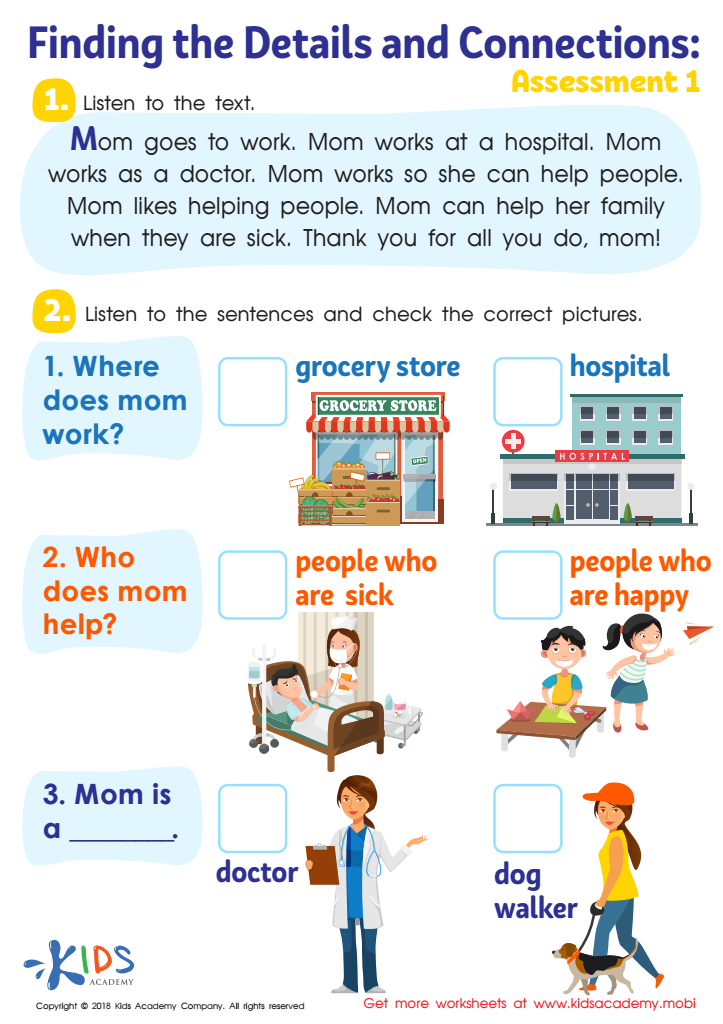

Finding the Details and Connections: Assessment 1 Worksheet
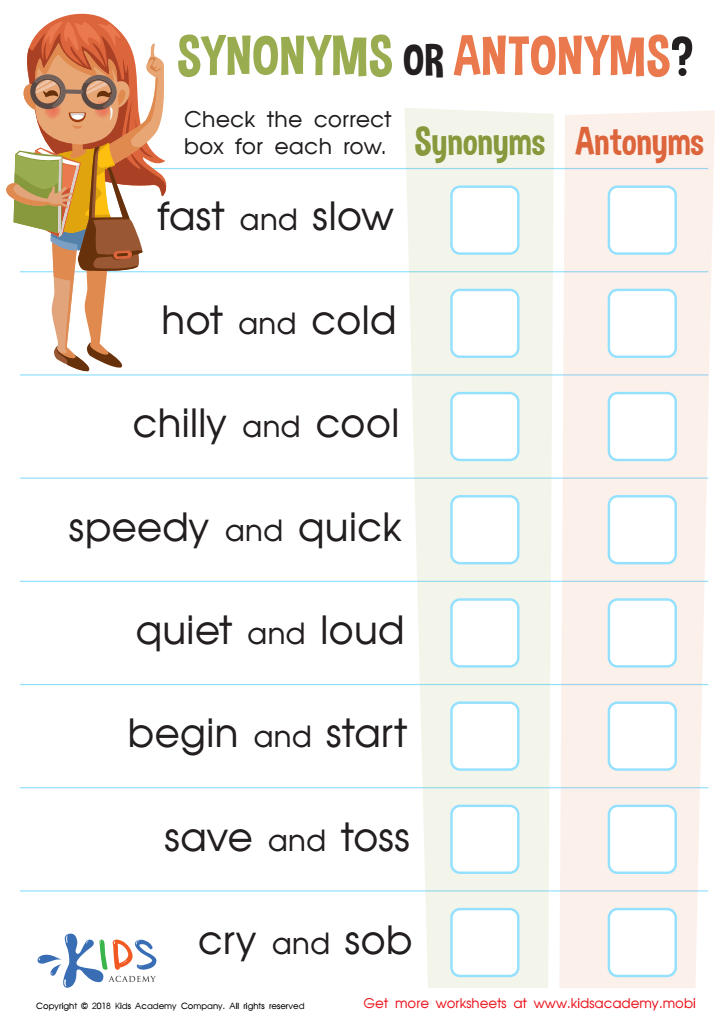

Synonyms or Antonyms: Assessment Worksheet
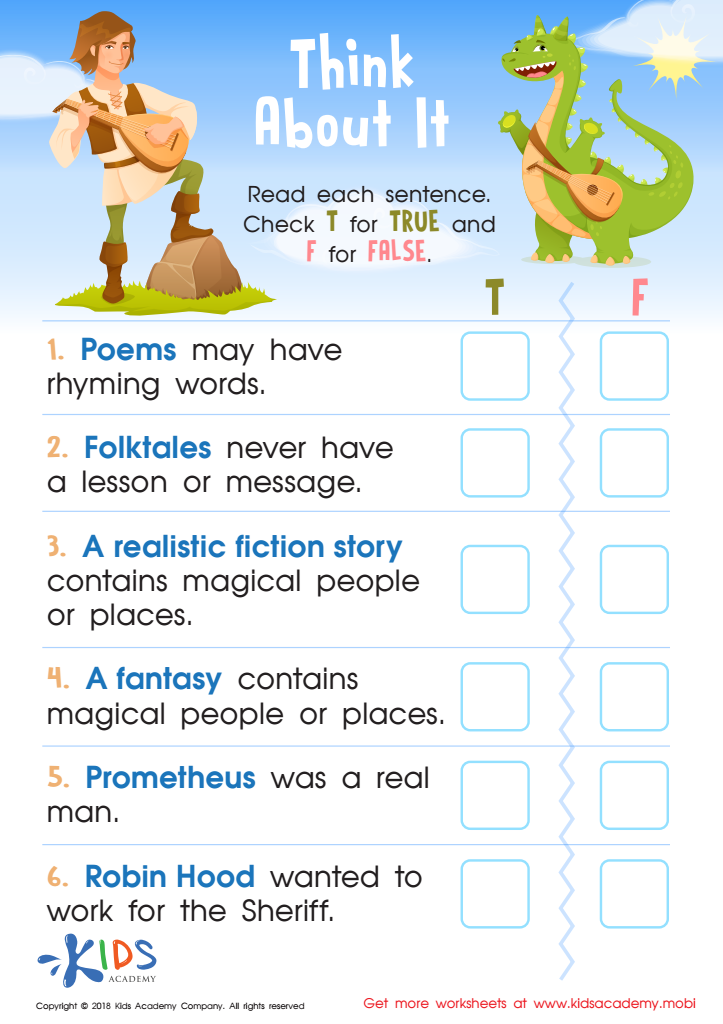

Think About It: Assessment Worksheet
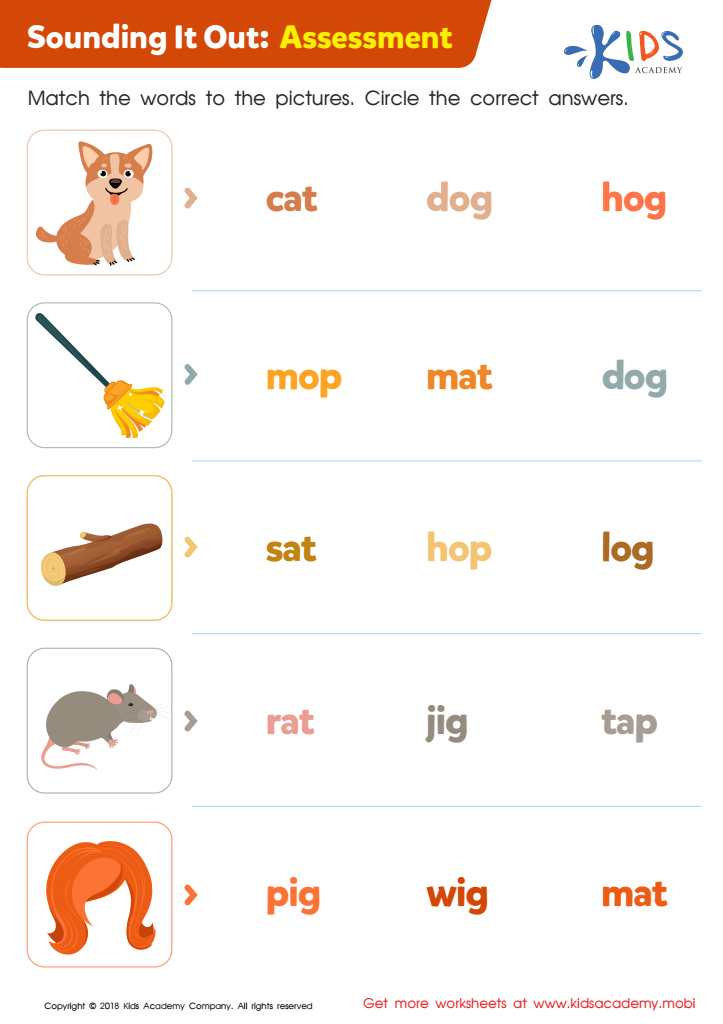

Sounding it Out: Assessment Worksheet
Normal reading activities for children aged 3-8 are crucial for fostering early literacy skills, which are foundational for all future learning. During these formative years, children develop critical language skills, including vocabulary, comprehension, and phonemic awareness. Engaging in reading activities helps improve their ability to decode words, understand sentence structure, and ultimately make meaning from text.
Moreover, reading activities encourage a love for books and learning. When parents and teachers create joyful, interactive reading experiences, they instill a lifelong appreciation for literature in children. This enthusiasm can lead to increased motivation in school and a desire to explore diverse subjects.
Additionally, reading together strengthens the bond between caregivers and children, promoting emotional development and communication skills. It also opens the door for discussions about different cultures, values, and ideas, broadening children’s perspectives.
Furthermore, exposure to various genres nurtures creativity and critical thinking. For children, mastering these skills early sets the stage for academic success. Conversely, insufficient reading experiences can lead to struggles in later grades, affecting self-esteem and overall achievement.
In summary, investing time in normal reading activities not only supports literacy development but also enriches children's emotional and cognitive growth.
 Assign to My Students
Assign to My Students




